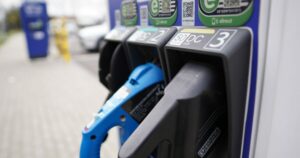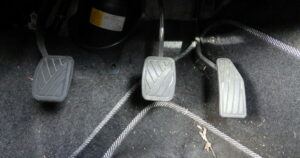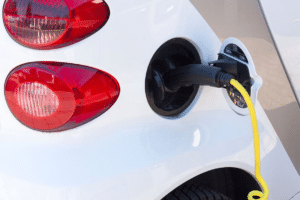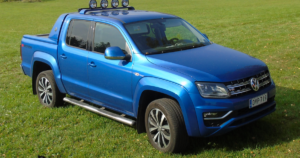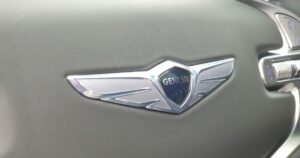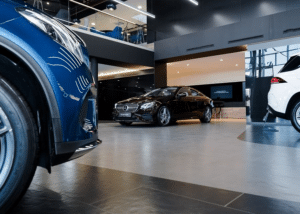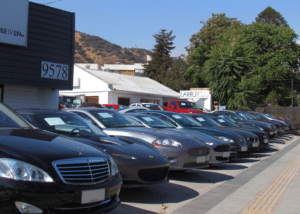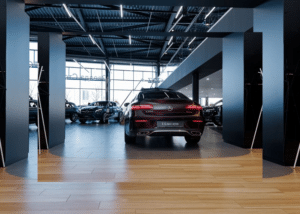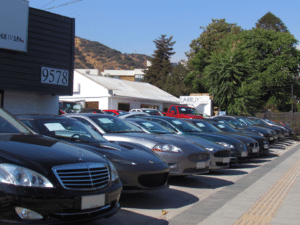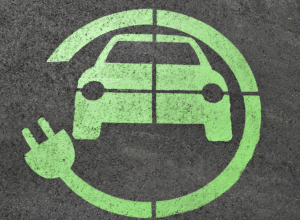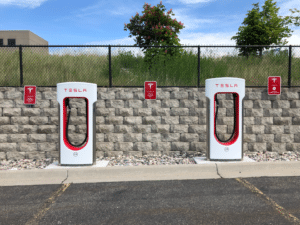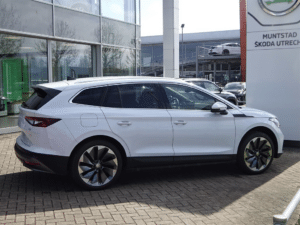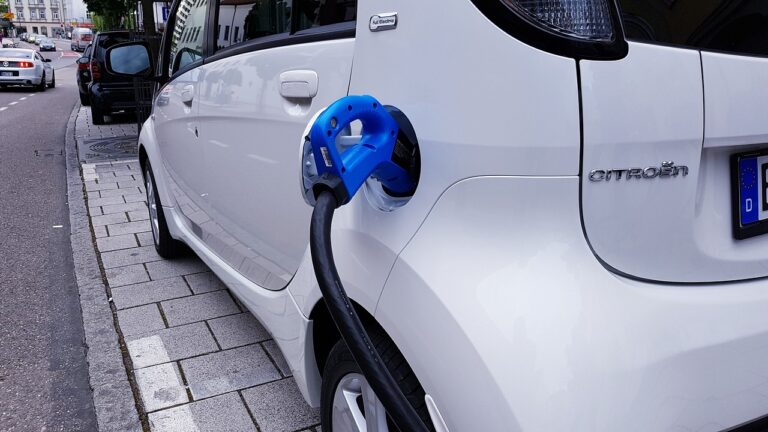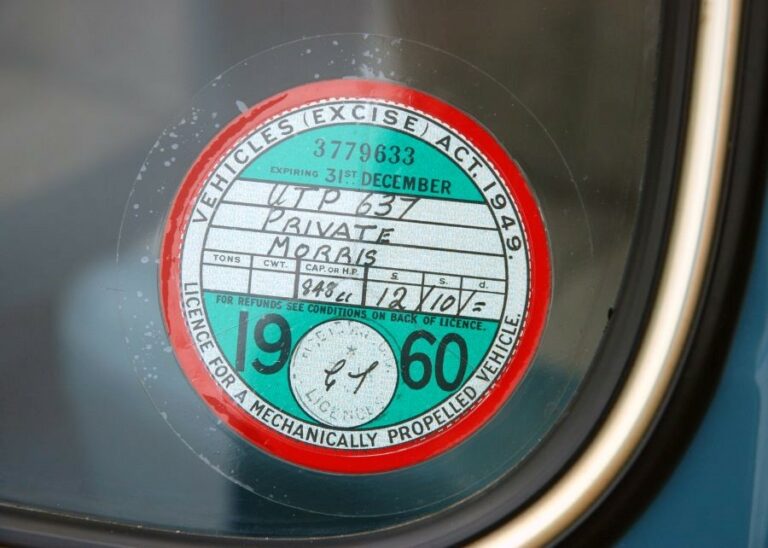Are you familiar with the term ADAS? If not, you will be by the time we’re finished with you. Find out what ADAS stands for and what it can do for you and your driving.

What does ADAS stand for?
Advanced Driver Assistance Systems (ADAS) is a term that is used to describe the massive amount of safety features that have been designed to improve safety, prevent injury and death, by reducing the number of car accidents.
Imagine a system that can warn you of any potential dangers, intervene when necessary to help you stay in control of your car? Well, now you don’t have to thanks to ADAS! It works wonders and helps us, humans, to compensate for and mitigate our mistakes. As much as we don’t like to admit it, we’re not perfect when we’re driving but ADAS is here to lend us a helping hand.
Think about how many accidents are caused by human error? You probably don’t have enough hands to count them on that’s for sure. If we could live in a world where it was an accident-free future, that would be a dream. It might still be early days just yet, but we’re already buzzing for what’s to come!
How can ADAS help you?
The bottom line of it when it comes to ADAS, in a nutshell, is that it aims to reduce the number of car accidents.
These are just some of the safety applications that ADAS has to offer:
- lane departure warning/correction
- traffic sign recognition
- automatic emergency braking
- pedestrian and blind-spot detection
- night vision
This system is just next level. These types of features could just be the lifesaving safety systems that we’ve been looking for. The way that they work with the whole vision-based algorithms and processing, as well as sensor fusion systems, is this a cracking idea or what?
Not only are there features to prevent accident and injury, but you also have the day-to-day driver and passenger comforts too. From cameras in the vehicle to sensor fusion, you can only begin to imagine the amount of data, images, and sensors that are involved with technology on this scale. This type of technology can respond quicker than you’ve ever imagined, faster than a human driver ever could, that’s for sure. It can analyse in real-time and even figure out how to react to things too.
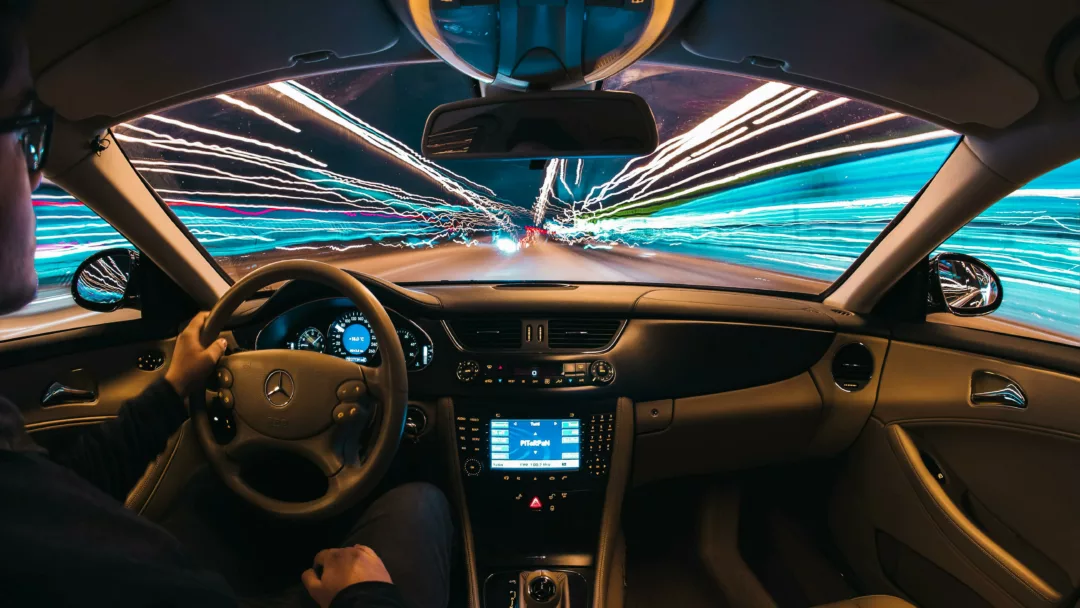
Autonomy and ADAS
As you can gather, ADAS comes in many different forms, from systems that apply the brakes for you to driver drowsiness detection and adaptive cruise control, there are so many different technologies involved it’s unreal.
The way that these safety features come into play varies. There are radars and lidar systems, which when needed can operate independently and with other systems to help avoid any hazards by warning the driver, or by automatically taking over part of your vehicle if you don’t react.
That’s not to say that this system is designed to take over the driver. They are simply there to support the driver, not replace them. As the driver, you are responsible and liable should anything happen. That’s why it’s best to not rely on the ADAS 100% and make sure that you’re in control of the vehicle at all times.
The future of ADAS
You don’t need us to tell you how much car electronics and software have evolved over the years and that isn’t about to change any time soon. Big changes in today’s vehicle designs are needed if we want to keep up with these sophisticated safety systems.
We’re shifting to automation more and more, and at the moment, we’re probably at partial driving automation, so we’re not fully there yet. Our vehicle can control the steering and acceleration/deceleration, but it’s not quite there yet with self-driving.
Who knows what ADAS has in store for us in the future and whether this will become more integrated with the domain controller of our vehicles. Let’s wait and see.













